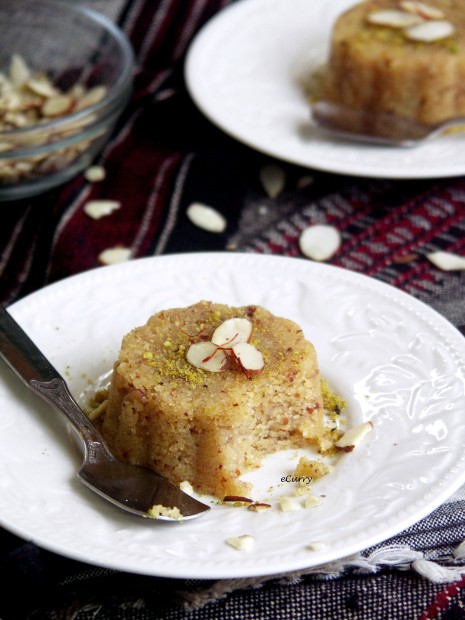
This delicious dessert redolent of cardamom and saffron is a huge favorite with my girls. The warm aroma of the roasting semolina and the cardamom in ghee quickly draws them to the kitchen and they wait with their hands on their hips with the continuous sing song “Is it done yet?…”
Halwa, as it is popularly known in the the Indian subcontinent (mostly in the Northern, Western and Eastern part of India), refers to a sweet confection made with semolina (or nuts or vegetables), sugar, and ghee and garnished with nuts.
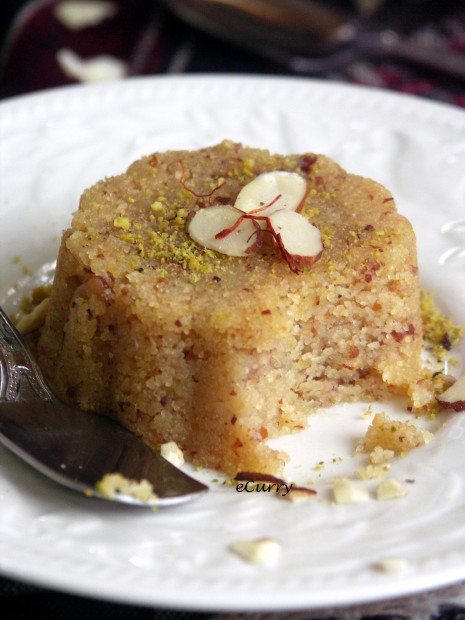
Halwa goes by different names in different regions of India (alwa, alva, aluva to name a few). The halwa is also referred to as kesari or kesaribhaat in certain regions of India. Various types of halwa from India are distinguished by the region and the ingredients from which they are made. The Semolina and Almond Halwa I have made here is a deviation from the traditional; there is not a bit of nut powder used with semolina in the original ones. But this is the way I have been doing it for the longest time and this is how my family loves it.
While it is a common dessert in India, halwa is not just contained in the Indian subcontinent. Across the world almost every culture and country has claimed it to be its own. It is a widespread across Central and West Asia, Mediterranean Regions, North Africa, the Horn of Africa, the Balkans and the Jewish world and goes by different names as halva, halawa, haleweh, ħelwa, halvah, halava, helava, helva, halwa, aluva, chałwa…..(Wiki).
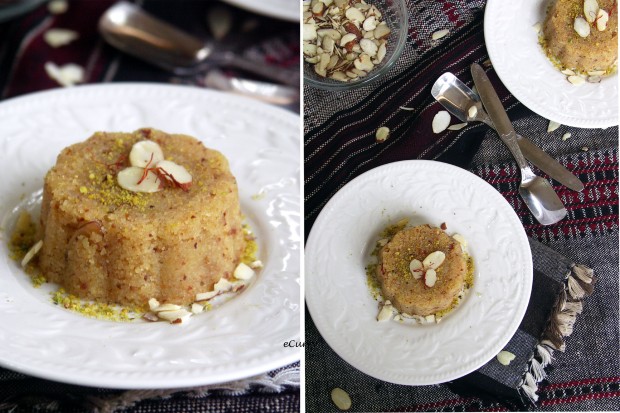
There are many faces of Halwa. Halwa in the Indian Subcontinent are made from semolina, wheat flour, white poppy seeds, chickpea flour, lentil flour and also from different fruits, nuts and vegetables like carrots, bananas, and bottle gourd. The most popular and the easiest one is the sooji/rawa or the semolina halwa.
A favorite way to eat semolina halwa in the northern regions of India is to eat with Poori – a deep fried puffed bread. Other than just being a kind of dessert, Halwa forms an integral part of the religious ceremonies and are usually served after the prayer is over, as a part of the “prasad” or food offered to God. It can be quickly made, and it a convenient dessert to make for a crowd as it does not involve any pre-cooking procedures .( I was amazed how contrary cultures can be across the world, for in Turkey the semolina halwa is generally served when someone dies.)
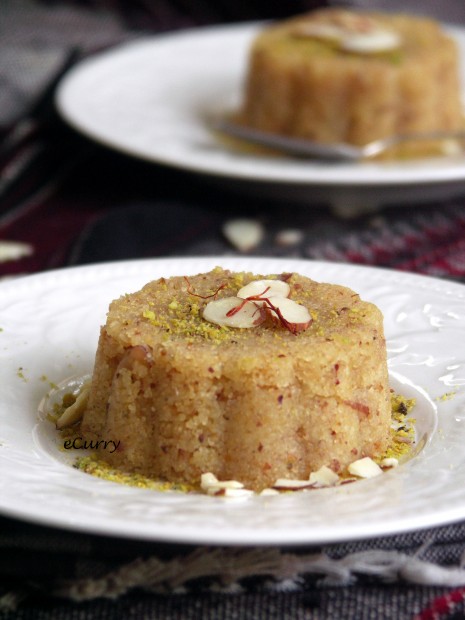
A few things to note:
- In India, the semolina halwa is not made the way I have done here. No almond flour is used and it is made solely with semolina along with sugar, ghee, saffron, cardamom and nuts. I started adding the almond meal simply to increase the nutrition value and of course the flavor of almond is amazing in about anything it is added to. If you are reluctant to use the almond flour, use only semolina.
- Do not skimp on the ghee. The texture and taste will not be right without enough ghee.
- Add the sugar towards the end of the cooking process or the semolina will not cook well.
- The halwa should be just soft enough and kind of sticky enough to hold on together to be shaped into a mold, but should not be gooey, runny and overcooked.
- Most of the times raisins are used in this halwa; I have not used it here since no one in the family likes it. The use of the kind of nuts varies from one region to another. While the northern regions use almond and pistachios, the halwa in the southern regions of India usually contains cashews.
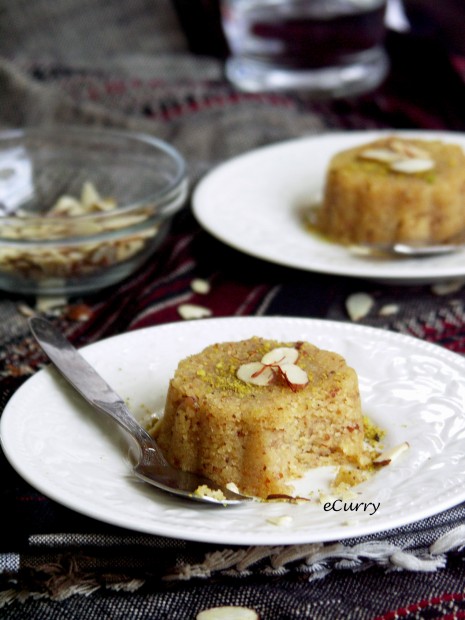
Semolina and Almond Halwa
Ingredients:
- 1 cup semolina
- 1/2 cup almond meal
- 1/4 cup sliced almonds
- 1/4 cup ghee + 2 tablespoons ghee
- 2 + 1/4 cups milk or 2 + 1/4 cups water
- 1/2 cup + 4 tablespoons sugar or as per taste
- a generous pinch of saffron
- 6 small green cardamoms, the seeds ground into a smooth powder
Preparation:In a pan, add the milk and saffron and bring to a boil. Once it comes to a boil, take off the heat and set aside. (If you are using water instead of milk, combine the saffron and sugar and boil/simmer the water for about 7-10 minutes. set aside.)
In a large thick bottomed pan at medium heat (make sure the pan is completely dry), add the semolina and the almond meal and roast them at low to medium heat for about 3-4 minutes. The color of the semolina and the almond meal will turn light golden. This initial roasting eliminates the raw smell of the semolina.
Reduce the heat of the stove to low and add the ghee to this pan. Quickly stir everything together and add the cardamom powder. Keep stirring constantly with a wooden spoon, while pulling the semolina and the almond flour away from the walls of the pan and inside out. The semolina, almond meal will gradually turn a darker shade and will become very fragrant. You will see the semolina and the pan glistening with the ghee. You have to be patient and keep stirring so the semolina does not turn too dark. This process/step might take as long 15 minutes.
Add the thinly sliced almonds to the pan and stir them in gently making sure they do not break.
Remove the pan from the heat and pour the milk/or water that you had set aside into the pan. PLEASE BE CAREFUL!! The hot semolina and the milk will bubble and spit all over the place.. almost like an explosion – (well may be that is an exaggeration, but you have to take care anyway). Put the pan back on the stove and let the halwa cook, while stirring it constantly till all the liquid is just about absorbed and the mixture no more looks soupy. Add the sugar in the pan and keep stirring at low heat till all the liquid is absorbed and the semolina swells and gets cooked through, for about 5 -7 minutes or until the the mixture pulls away from the walls of the pan.
Switch off the heat and partially cover the pan for about 10 minutes. The texture should be sticky and lumpy and the semolina should soft; yet the grains of the semolina should feel separate and grainy.
This is how it should look like when done.
While not very hot but still warm, press the halwa in to molds if you wish. Turn it over on a plate and gently tap it out.
Serve warm garnished with more nuts.
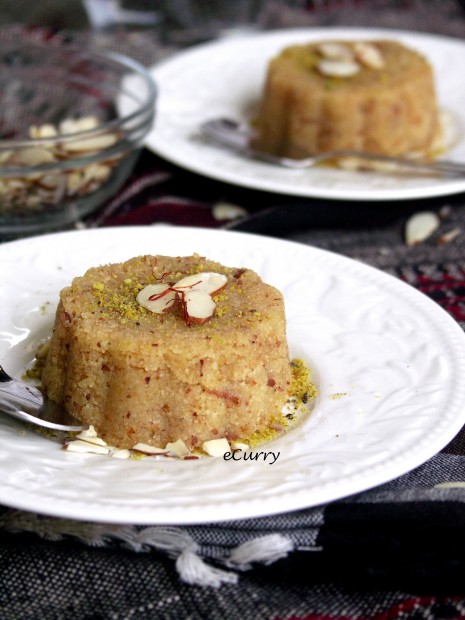
I always try to make the halwa when the girls are home, for it is like a necessity for them to have it right away after it is cooked – spooned over straight from the pan to their bowls, warm, fragrant and delicious! However these little mould excite them too!
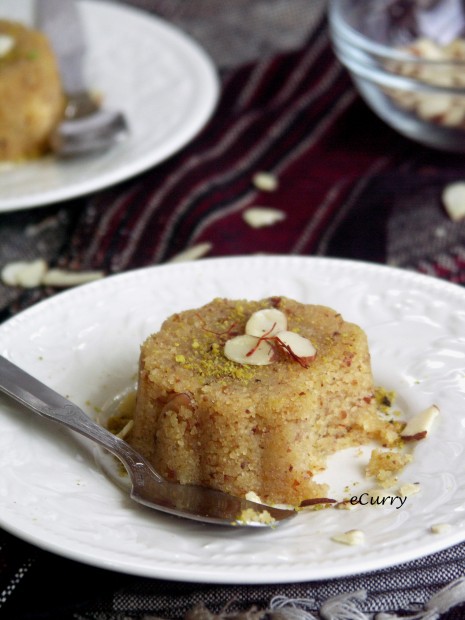
My older one has started helping me make this – measuring out, stirring and testing/tasting to see if it is done. May be soon she will be able to make some all by herself with only my supervision. I am patiently waiting for that day!
Related Posts:
Kulfi: Saffron, Pistachio Ice Cream Served with Rose Infused Vermicilli
Besan ki Barfi – A Chickpea Fudge?
Firni – Indian Rice Pudding with Saffron & Nuts
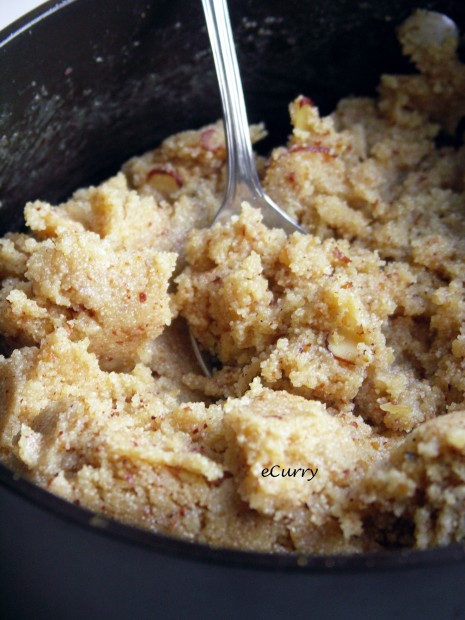

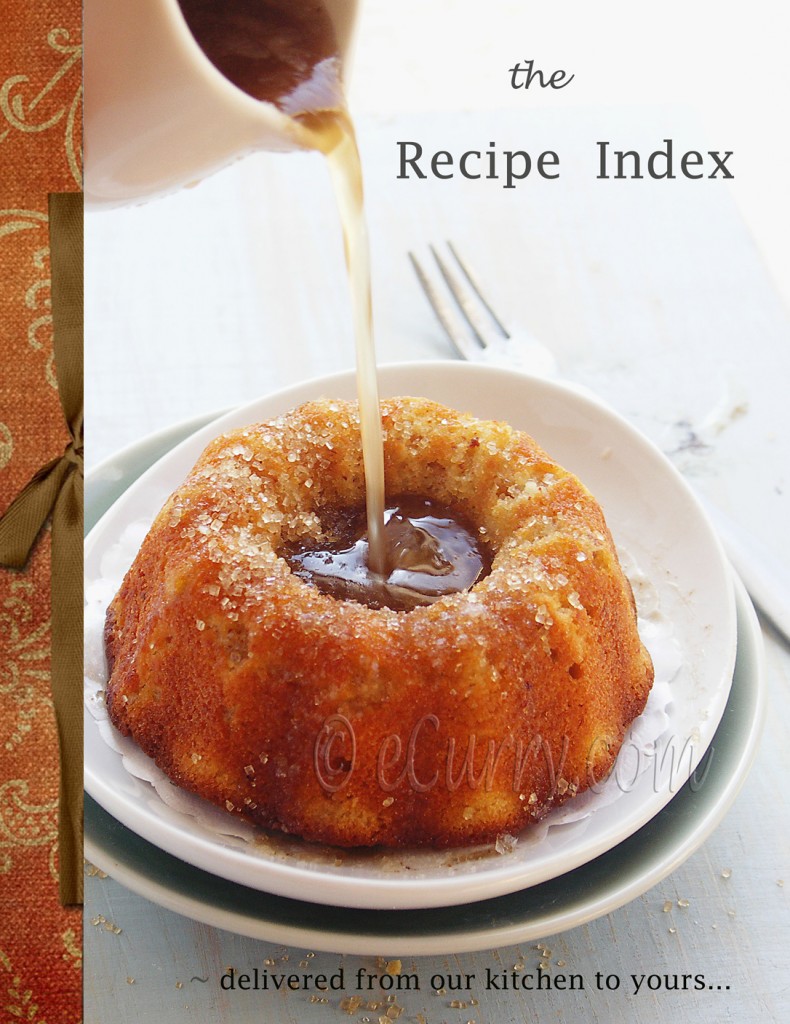
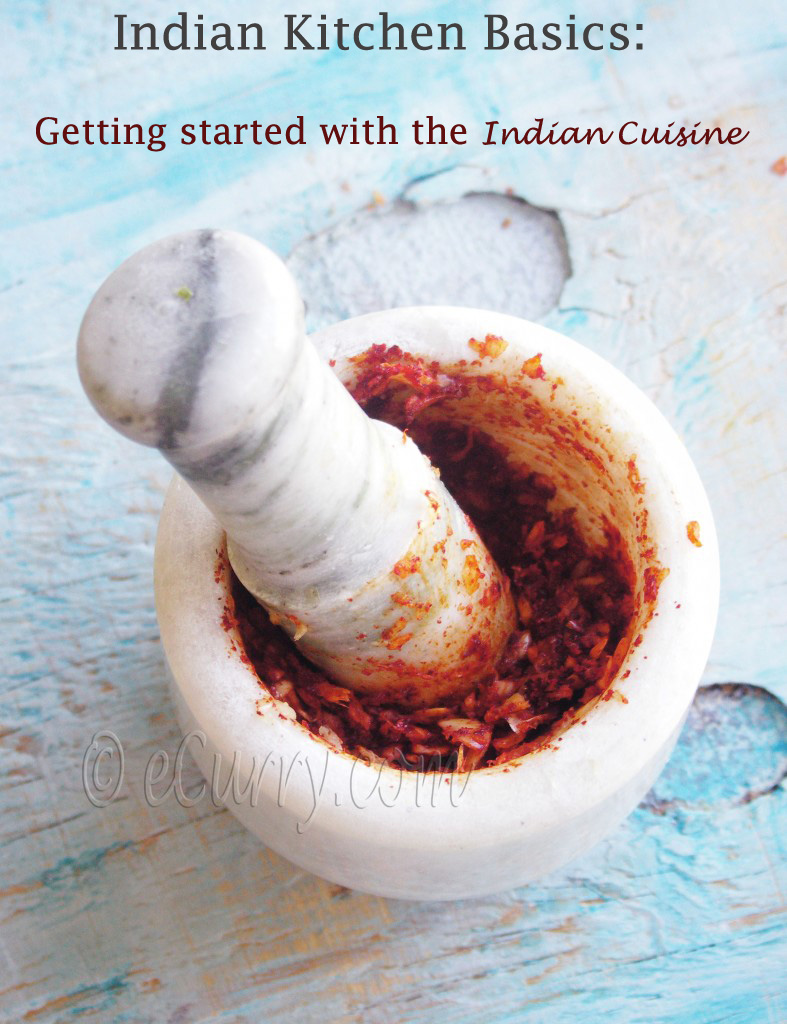
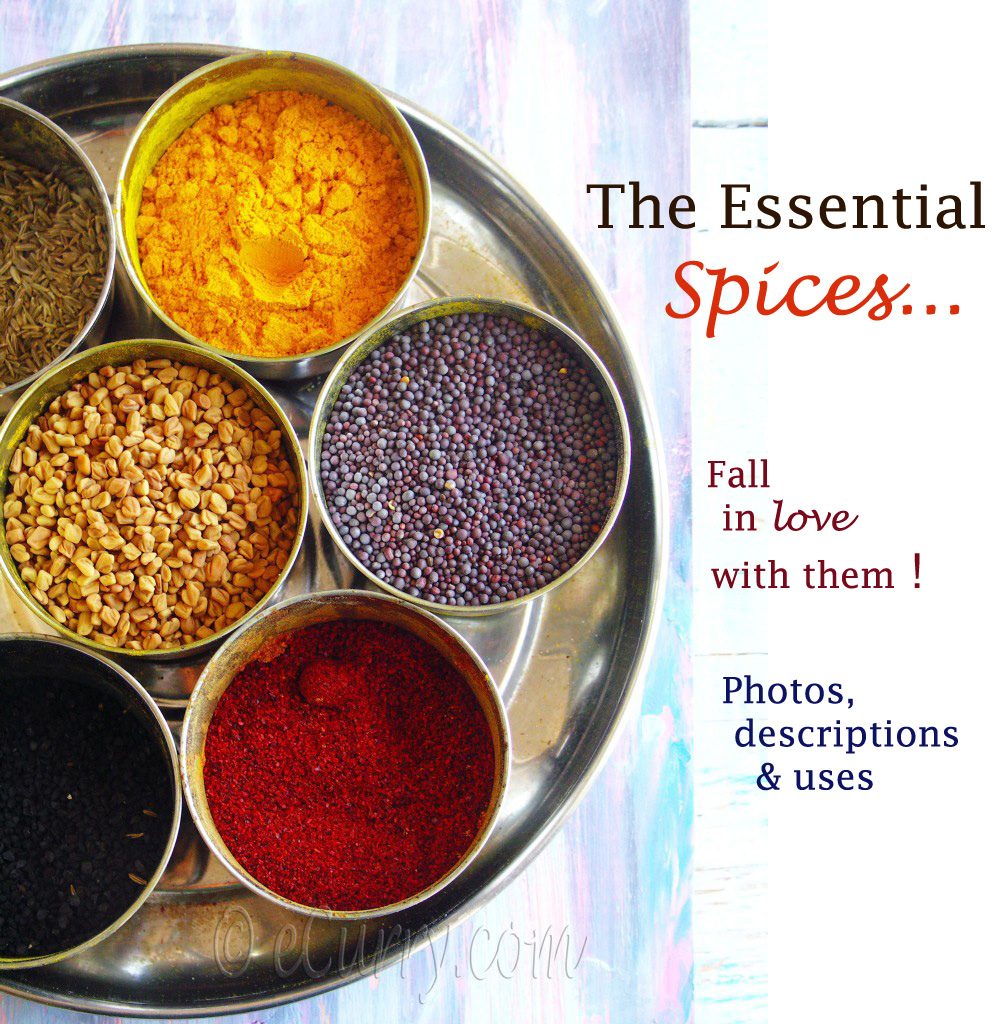








It’s a healthy way to get sweets, looks delicious!
Sujir Halwa..shei choto belae majhe majhe tiffine niye jetam..Ayi Ramzan mashe tomar halwar shape dekhe jibhe jol ashche…
Ummm just the thing to have on a cold evening. You make my mouth water for this Halwa Soma. I have had halwa from some other cultures, but love our Indian version. My Bong makes it the Bengali way with tej paata and mouri. Lotsa ghee and just the right level of sugar…mouthwatering.
Pree, I have never had halwa with mouri! Ma would make it this way, tej pata yes, but with cardamom and saffron and ghee.
I like that you added almond flour! Makes it nuttier! In Marathi, we call it sheera or sanjha. I haven’t made it for the longest time. Maybe it’s time to? With your variation!
Manisha do try it with almond flour. It tastes lovely. I knew the Sheera, tho I have never heard Sanjha.
NIce info on Halwa….onek kichhu janlam….dekhei khete ichhe korchhe….meyera help korle to aro tasty hoe jae dish….
yummy! looks fab.
You have elevated our simple kesari (that is how called in our parts) to another level with the addition of almond. Looks delicious.
A delightful dessert! So refined.
Cheers,
Rosa
I love the texture of semolina in desserts and the almond flavor is perfectly paired. Lovely shots, too.
An amazing dessert! I can just imagine the aroma of cardamom and saffron!
Beautiful, as usual! I can taste it.
amra puro family jar e porechi kije durobostha ki bolbo. aar tar moddhe tomar ei sujir halwa….jibhe jal ese gelo je.
Halwa dekhte khub bhalo hoyeche. Thanks for so many useful tips to make this recipe so yummy. Fantastic clicks.
Deepa
Hamaree Rasoi
Looks great! And I agree almond meal can add great taste to just about anything. My mom would always add finely crushed almond and pistachio to almost all halwas (not as garnish but part of the cooking process). Halwa on my mind now!
I love the addition of almond flour in your recipe. I do that all the time to cakes and it adds nutrition, texture and flavour! My son loves it only when I give it to him in the moulded form:). I will try this variant when I make this next!
You know.. I just recently made some sheera and gave it to some friends in a small container. How cute it would have looked if I had only thought about moulds! Now I know.. the mould and the garnish.. all make it really special! Cheers!
hi soma thanks for the lovely comments on my blog..u are such a pro at it…im honoured 🙂
wow very interesting combo of sooji n almonds…looks delicious …thanks for sharing new version of sheera
Satya
http://www.superyummyrecipes.com
We love sooji ka halwa at home, we add some fruits like banana/mango or pineapple and make it more fruity. Loved your idea of adding almond flour to this.
Sounds delicious! I’ve had halwa before, but I don’t think it was made with semolina flour, must’ve been a regional variant I suppose. Love the added almond meal though – bet that adds great flavour.
Hmmm…my favourite 🙂 I would wait for Ganpati festivals just to get my hands on the sheera prasad my friends moms used to make 😉 I just learnt to make the way they make at home…will post it soon. Yours looks simply delicious 🙂
Hello,
We bumped into your blog and we really liked it – great recipes YUM YUM.
We would like to add it to the Petitchef.com.
We would be delighted if you could add your blog to Petitchef so that our users can, as us,
enjoy your recipes.
Petitchef is a french based Cooking recipes Portal. Several hundred Blogs are already members
and benefit from their exposure on Petitchef.com.
To add your site to the Petitchef family you can use http://en.petitchef.com/?obj=front&action=site_ajout_form or just go to Petitchef.com and click on “Add your site”
Best regards,
Vincent
petitchef.com
i just tasted similar dessert last Sunday! Halwa it was, but with different combo of nuts. Yours look perfect!
a beautiful dessert!
[…] Semolina almond halwa. [Photograph: somaR] […]
[…] Semolina almond halwa. [Photograph: somaR] […]
I love halwa and yours is so beautifully presented 🙂 Well done!
This looks delicious!
Thanks for the tip, I will try this stuffs at home, I did eat this in india and lived it, can it be with Olive oil instead of Ghee?
It could be done without ghee, but it would not taste the same. Ghee imparts the very flavor in this dessert which cannot be substituted with any thing else. However butter may be used.
Hi
it looks very good with those nice pictures of yours.
I was wondering if you could possibly use already refined semolina?
thanks
The semolina I have used is smaller/less coarse than the big grainy ones and bigger/coarser than semolina flour. These are available in the Indian groceries as SOOJI. If you use the semolina which is very refined, the texture will be different and possibly become mushy than have the grains nice and separated.
Addition of almond flour is a great idea to increase the nutritional value and the moulds look trendy. Should try it soon. The pics are great motivation.
Neat idea Soma! Genius I’d say. Sooji halwa is one of our favorites. Can’t wait to try it with almond meal next time…
very beautiful clicks……sooji ka halwa looks delicious
A Girl’s Diary
Event:
What’s On Your Kebab Platter:win a gift
Is it possible to refrigerate and eat cold , this sounds yummy
it is possible to eat this cold, but it does not taste as good. The semolina clumps up as the ghee/butter hardens and the smoothness of the texture is lost. But if you do not mind that, it is okay to have it cold 🙂
Where can I get Almond meal from ? Your pictures are beautiful and very motivating.Thanks
Usually Whole Food shops keep Almond Meal. But if you do not have it easily available, blend some almonds with a couple of tablespoon of sugar (prevents the nuts from releasing oil and turning into butter). Then adjust the sugar while making the halwa. Hope this helps.
This recipe is awesome, I tried it without almond meal and added raisins.. I have tried many halwa recipe, but this is by far the best explained one… I finally managed to reach the right consistency! THANK YOU
Thank you for trying and I am very happy that it worked out well for you! 🙂
What’s almond meal?
I found your recipe on pinterest and seeing the nice photographs I made it. There is a warm fragrance in my kitchen as I eat this. It is so good. Thank you.